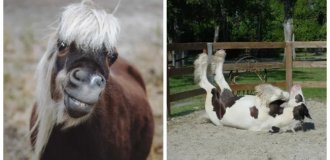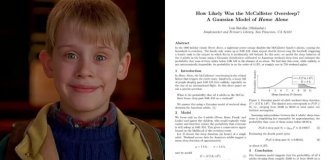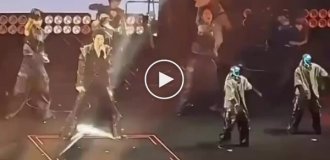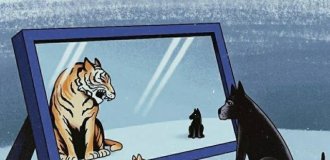
Wombats are burrowing herbivores with an appearance resembling a small bear.

Collected photographs of these wonderful animals
Of all mammals, wombats are the most efficient consumers of water that evolution has produced. Even kangaroos, also adapted to Australian conditions, use four times more water.





Wombats reach a length of 70 to 120 cm and a weight of 20 to 40 kg. Their body is compactly built, their limbs are short and strong. Each of them has five fingers, of which the outer four are crowned with large claws adapted for digging the ground. The tail is short, the large head gives the impression of being slightly flattened, and the eyes are small.









Wombats eat young shoots of grass. Sometimes roots, mosses and mushrooms are also eaten.











Interestingly, the wombat's jaws and teeth show similarities to rodents. In the upper and lower rows, wombats have a pair of front cutting teeth. The chewing teeth are constructed very simply; there are no angular teeth. Wombats have the fewest teeth among marsupials.







In case of danger, they can turn their backs, block their hole and repel most of the attackers, or crush their limbs against the walls of their living cave. In the back of the back, on the pelvic bones, the wombat has something like a shield that protects it when attacked from behind. He also delivers strong head blows - butting like a ram or a goat. 

Wombats are the largest living mammals that dig and spend most of their lives underground. With their sharp claws, they dig out small residential caves in the ground, which sometimes form complex tunnel systems. Typically, most of them reach about 20 meters in length and 3.5 meters in depth.



























